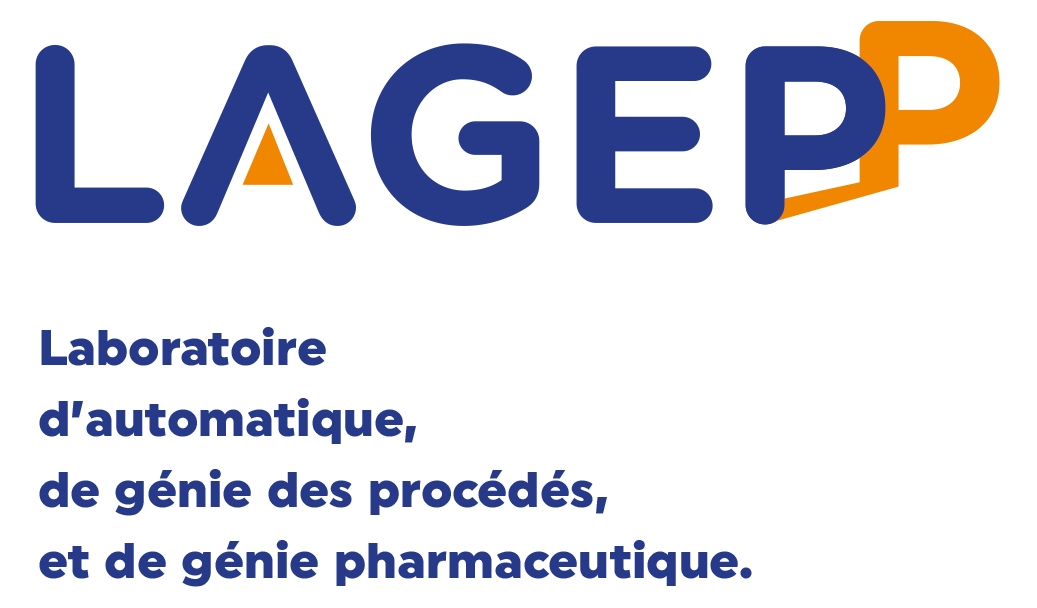Phase-field modeling for freeze crystallization in a binary system
Résumé
This article investigates the freeze crystallization process from water-sodium chloride solution using the Phase-field model. This process (from 273.15 K to the eutectic point 252.05 K) generates two phases: a solid phase comprising solely ice and a liquid phase consisting of a concentrated solution. The phase-field model is employed to simulate the process and depict the specific dendritic structure of the solid. The challenge is to reproduce the exclusion of the solute in the ice while respecting the thermodynamic consistency of the system. The article aims to provide a straightforward thermodynamic approach to address this complexity and reproduce the solute trapping mechanisms. Additionally, the model is extended to a more concentrated solution. The conclusion suggests that lower growth velocity is favorable for ice purification and emphasizes the importance of avoiding side dendrites.
| Origine | Fichiers éditeurs autorisés sur une archive ouverte |
|---|


